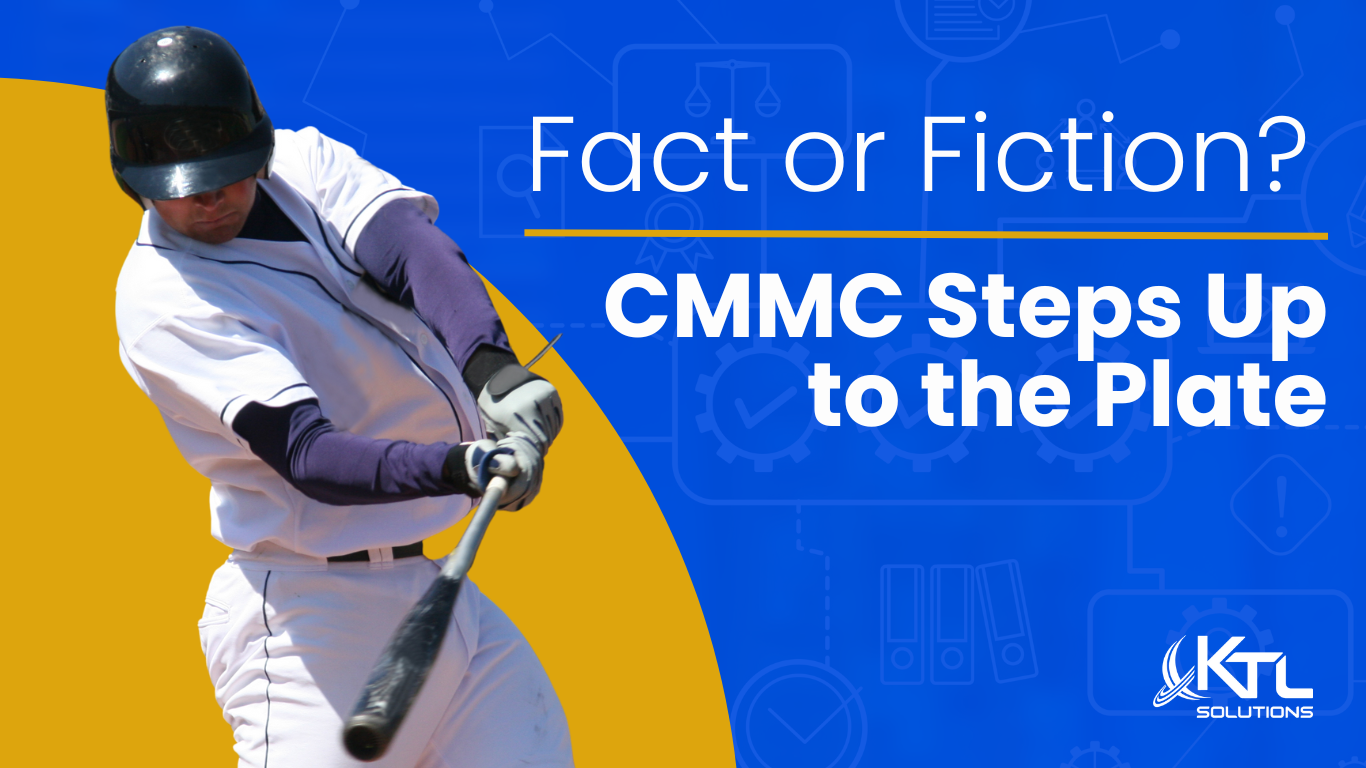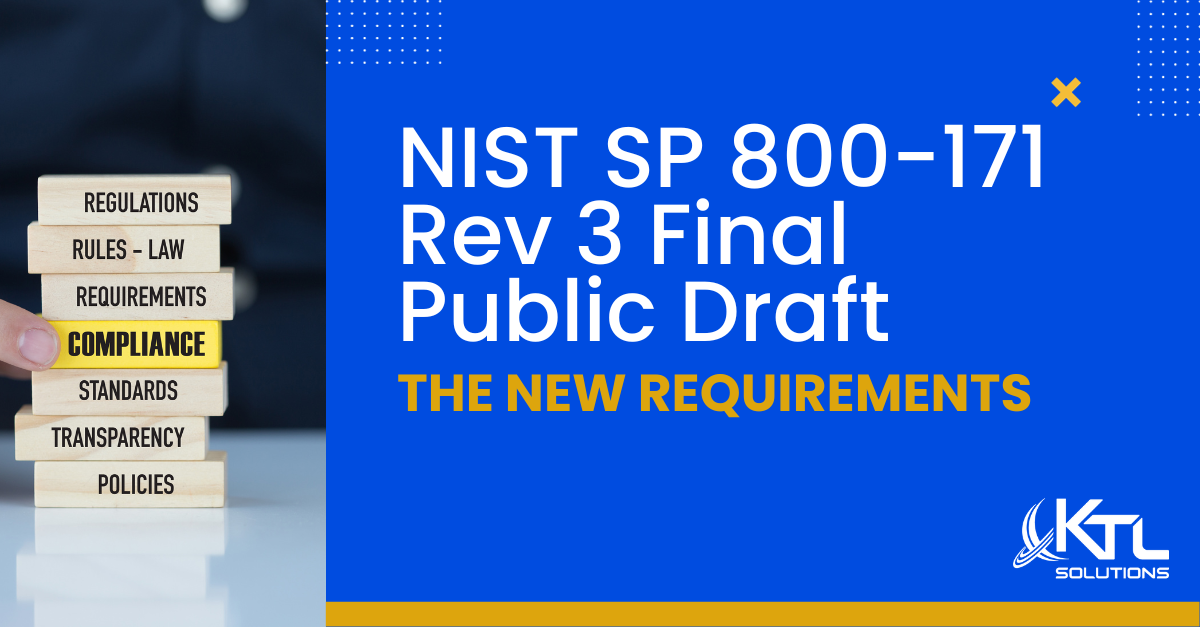This is confusing; so what does a person need to think about to get started? A few years ago, Deloitte and Touch surveyed hundreds of companies who had recently purchased a new ERP system; what was unique about this survey is that D&T separated out the respondents’ criteria into first time and second time purchasers to determine if experience changed purchasing criteria.
| Top Ten Criteria for Selecting Software | 2nd Time | 1st Time |
| Level of support from the solution provider | 1 | 8 |
| Vendor’s track record of performance | 2 | 10 |
| Software’s ability to fit the business | 3 | 4 |
| Growth potential of software | 4 | 7 |
| Price of the software | 5 | 1 |
| Quality of documentation | 6 | 9 |
| Functionality of the software | 7 | 5 |
| Ease of use | 8 | 3 |
| Ease of implementation of the new system | 9 | 2 |
| Software works with existing hardware | 10 | 6 |
If you look at the second time column, (experienced purchasers) solution provider support and vendor’s track records were the top criteria while the first time purchasers had these at the bottom. This clearly demonstrates that experienced decision makers value the partners expertise above all else while the inexperienced decision makers don’t understand how critical the partner is to the implementation. Additionally, inexperienced purchasers put price as their top criteria yet experienced purchasers put price out of the top three criteria. So, look for partners that have experience, understand business process and have a large stable of clients who see them as trusted advisors. I would add software viability to this mix; make certain that the software you choose is backed by a financially sound company with a proven track record.
This last criterion is the reason KTL Solutions is a Microsoft Dynamics partner. For mid-sized businesses, you want to be certain that you have a firm foundation in which to grow your business, and Microsoft provides this foundation. As your business evolves and grows, we partner with you to tune the engine that drives corporate productivity. KTL Solutions and you, with a Dynamics foundation, make a smooth running machine.
So when beginning a search for a new ERP system, look for a partner who understands your business, uses sound software and has clients who see the partner as a trusted advisor.
STEVE HAMMETT | Senior Sales Executive
Steve graduated from University of Maryland, Baltimore, with a Bachelor of Science (B.S.), in Economics and a few years later, a Master of Science (M.S.), in Information Technology. He has helped organizations for over fifteen years to solve business problems using technology. He is well informed with all Microsoft Business Solutions and is a Solutions Certified Sales Representative. For fun he looks to the outdoors, whether water, where he is a sailor (Coast Guard certified in Costal Piloting and Navigation), a PADI certified scuba diver, and a certified Red Cross Water Safety Instructor, or land, where he is a skier, hiker and mountain biker.























